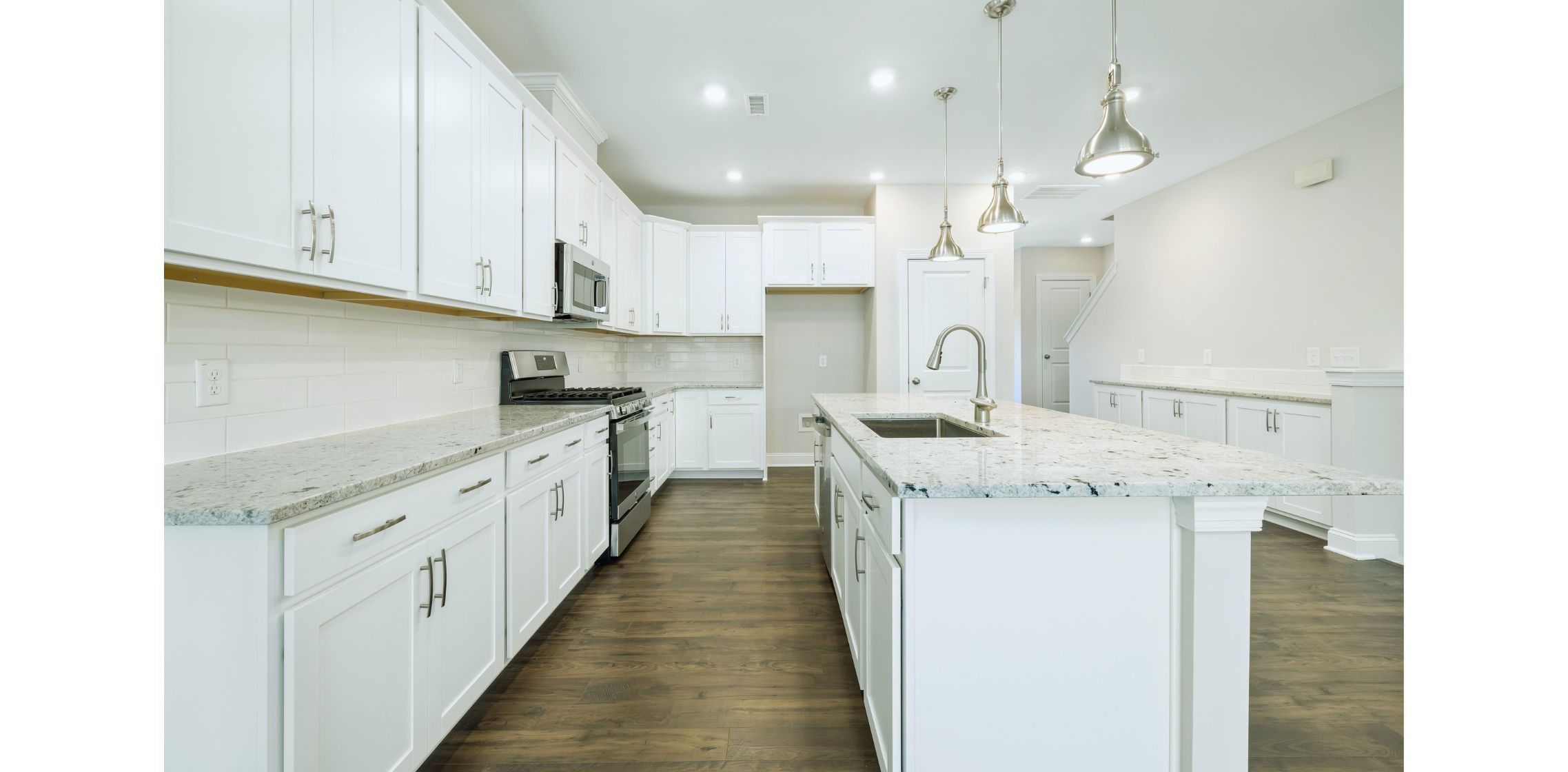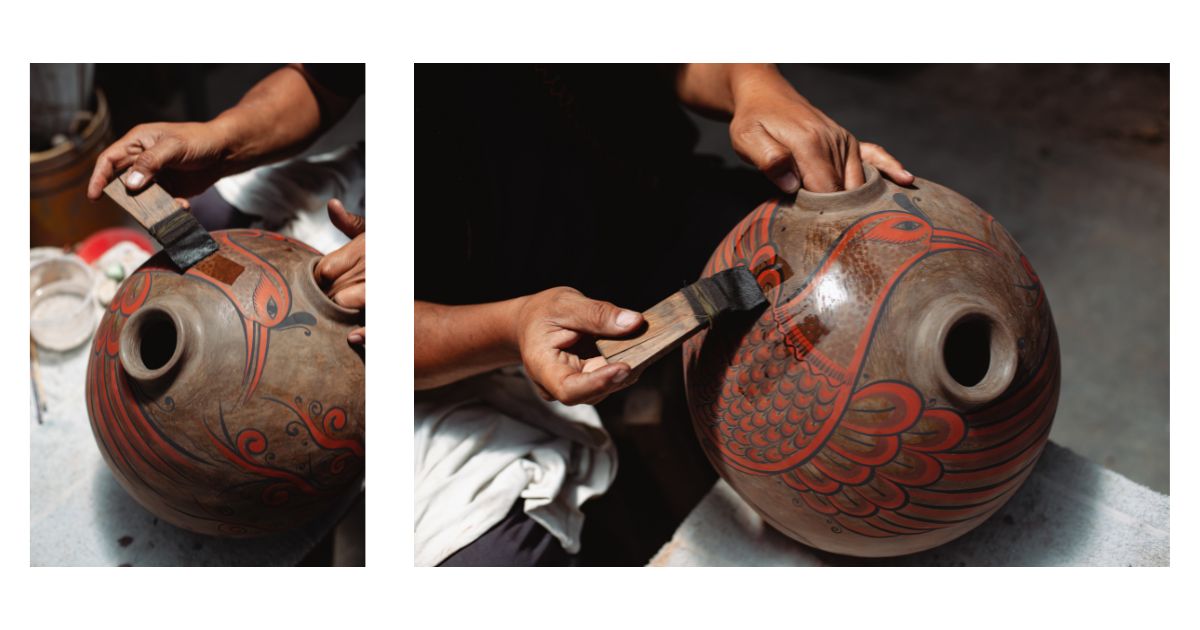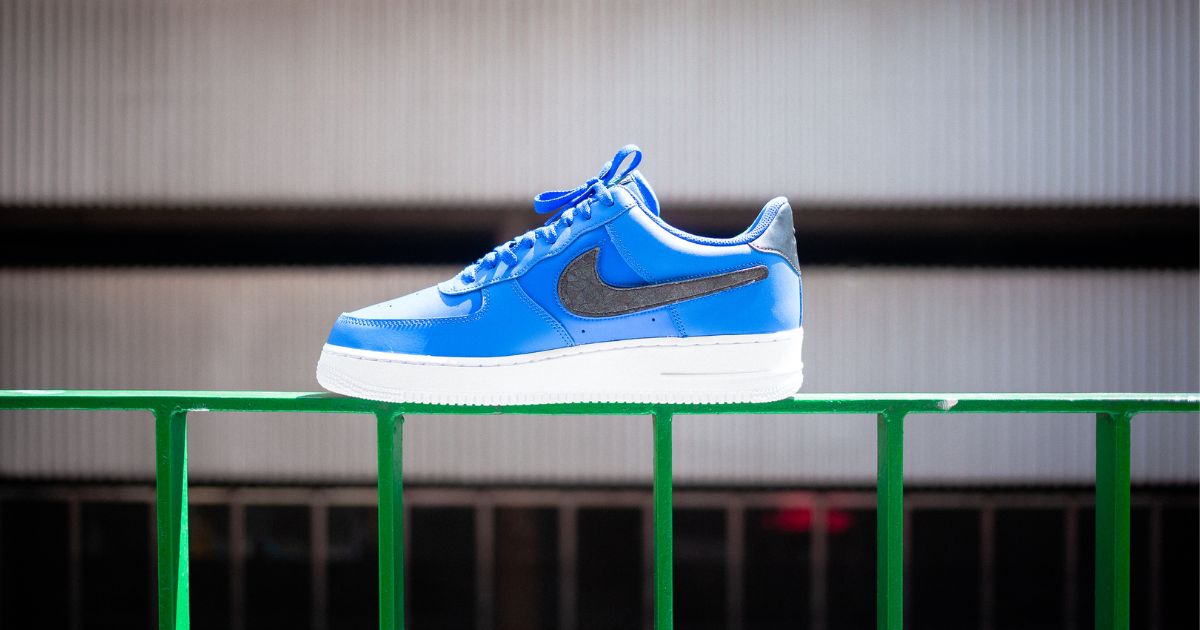It’s happened to the best of us. You’re mixing your colors on your palette, getting ready to start your next painting project, when you accidentally drop your brush and get a glob of paint on the plastic. Now you’re stuck with a dried-on mess and you’re not sure how to clean it up.
Don’t worry, we’re here to help. In this blog post, we’ll show you how to remove dried acrylic paint from your plastic palette. First, you’ll need to gather some supplies.
You’ll need a palette knife, a cup of warm water, and mild dish soap. If you have a hard time getting the dried paint off with the palette knife, you can also try using a toothbrush or a cotton swab. Once you have your supplies, start by scraping off as much of the dried paint as you can with the palette knife.
If you’re having a hard time, try dipping the knife in warm water to soften the paint. Once you’ve removed as much paint as you can, it’s time to start cleaning. Wet a cotton swab or toothbrush with warm water and add a drop of dish soap.
Gently scrub the area where the paint is dried. If the paint is still not coming off, you can try using a stronger household cleaner, like vinegar or rubbing alcohol. Once the paint is gone, rinse the area with warm water and dry it off.
How To Remove Dried Acrylic Paint From a Plastic Palette
- Scrape off as much of the dried paint as possible with a putty knife or other sharp object
- Place the palette in a sink or bucket and cover it with hot water
- Let the palette soak for a few minutes, then use a scrub brush to remove any remaining paint
- Rinse the palette with clean water and dry it with a towel
How to remove dried paint from plastic palette
If you’re a painter, chances are you’ve had the frustrating experience of trying to remove dried paint from your plastic palette. It can seem like an impossible task, but there are actually a few ways to get the job done. One method is to soak the palette in warm water for a few minutes.
This will help to loosen the dried paint and make it easier to scrape off. You can then use a putty knife or other sharp object to scrape the paint off the surface. Another option is to use a paint remover or solvent.
This will require a bit more elbow grease, but it will eventually get the job done. Apply the solvent to a rag and rub it onto the dried paint. You may need to do this a few times to get all of the paint off.
Once you’ve removed the dried paint, make sure to wash the palette with soap and water to remove any residue. Then, dry it off and it will be ready to use again. With a little patience, you can easily remove dried paint from your plastic palette.
Just remember to take your time and be careful not to damage the surface.
How do you get dried acrylic paint off plastic?
It can be tricky to remove dried acrylic paint from plastic, but it is possible with the right tools and techniques. One way to remove dried paint is to use a putty knife or other sharp object to scrape it off. Another option is to use a heat gun or hair dryer to soften the paint, which will make it easier to remove.
You can also try using a commercial paint stripper, but be sure to test it on a small area first to make sure it won’t damage the plastic. If all else fails, you can try acetone or another type of solvent, but be sure to use it in a well-ventilated area and take care not to damage the plastic.
Will vinegar remove dried acrylic paint?
When it comes to painting removal, there are a few different methods that can be used depending on the type of paint and the surface it is on. For example, water-based paints can usually be removed with just water and a little elbow grease, while oil-based paints may require the use of a solvent like paint thinner. When it comes to removing dried acrylic paint, vinegar can be a helpful tool.
The acetic acid in vinegar can break down the paint molecules, making it easier to remove the paint from the surface. However, vinegar should only be used on non-porous surfaces like glass or metal, as it can damage porous surfaces like wood. To remove dried acrylic paint from a non-porous surface, start by soaking a cloth in vinegar and then scrubbing at the paint.
If the paint is still not budging, you can try using a putty knife or razor blade to scrape it off. Once the majority of the paint is removed, you can clean the surface with soap and water to remove any vinegar residue.
How do you remove acrylic paint from a palette knife?
Acrylic paint is water-based, so it is relatively easy to remove from surfaces. Palette knives are typically made of metal or plastic, so you will need to use a different method to remove the paint from each type of knife. To remove acrylic paint from a metal palette knife, first, rinse the knife with warm water.
If the paint is still clinging to the knife, then soak the knife in a solution of warm water and dish soap for a few minutes. After soaking, the paint should easily come off with a little scrubbing. To remove acrylic paint from a plastic palette knife, first, rinse the knife with warm water.
If the paint is still clinging to the knife, then soak the knife in a solution of warm water and vinegar for a few minutes. After soaking, the paint should easily come off with a little scrubbing.
Conclusion
If you’re looking for how to remove dried acrylic paint from the plastic palette, here are some tips. First, try using a razor blade to scrape off the paint. If that doesn’t work, try using acetone or nail polish remover.
If that still doesn’t work, you can try sanding the paint off.





